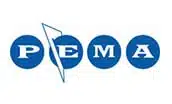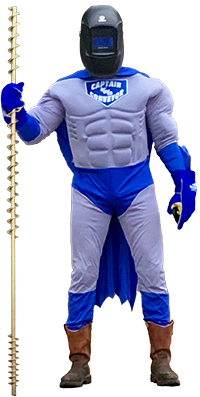Close Coupled and Clocked Screws
Download PDFQuestion
We have many screw conveyors in our rendering plant for conveying meat byproducts. We have a lot of production and maintenance issues when we use an internal hanger bearing in a screw conveyor. Is there a way to design a screw conveyor that can run without internal hanger bearings other than to use a single piece screw?
Answer
In many applications, screw conveyors can be designed to operate successfully without using internal hanger bearings. The purpose of an internal hanger bearing is to support the weight of a series of screws suspended above the troughs. If the bulk material to be conveyed is stringy, interlocks and tends to mat together, a hanger bearing will further impede flow and provide an opportunity to plug the conveyor. In a screw conveyor with multiple screw sections, the screws can be close coupled and clocked to create a continuous helix and designed to ride on a trough liner.
While the term “closed coupled and clocked” is quite common in the screw conveyor industry, it can be confusing. There are two separate actions required to the “close coupled and clocked” process. “Close coupled” refers to bolting multiple screw ends together without using a hanger bearing in between. The pipe ends are butted together to form a continuous length of pipe. “Clocked” refers to multiple screw sections where the flight of one screw matches up with the flight of the next screw to form a continuous helix when the screws are bolted together.
The process for manufacturing close coupled and clocked screws requires great care to achieve the desired result. To begin, the center pipe sections are cut to the required lengths and fitted with internal collars. Each end of the pipe sections is then drilled for CEMA standard 2 or 3-bolt drilling. After drilling is completed, two pipe sections are bolted together using a CEMA standard close coupling shaft, just as they will be upon installation.
A sectional flight is then located on the end of each pipe section and aligned to form a continuous helix. Once these initial flights have been tack welded in place, the ends of each screw section are “match-marked,” meaning a letter or number is welded onto the flights to signify that these two screw sections must be bolted together in the field. The balance of the flights can then be mounted on both screws. If more screw sections are needed, a third pipe section can be bolted to one of the completed screws. The first flight of the new screw is aligned to continue the helix. Once the flights are completely welded to the center pipe, each screw section is cleaned-up, painted and inspected. The match-marks are clearly visible, so assembly of the screw sections in the field is simple. There is no limit to the number of screws that can be clocked together.
During the manufacturing process, there is a possibility that the flight at the end of a screw section could interfere with a coupling bolt hole since both ends of each pipe section are drilled before mounting the flights. When the flight interferes with a coupling bolt hole, the flight is notched to accommodate. The notched flight does not affect operation of the screw conveyor. If desired, the notch can be covered with a small piece of metal tack-welded in place.
Utilizing CEMA standard close coupling shafts when manufacturing close coupled and clocked screws greatly reduces maintenance costs and headaches in the future. KWS keeps CEMA close coupling shafts in stock that are available for immediate shipment. If a shaft breaks in the field, an inexpensive and readily available replacement is on hand. Alternatively, totally eliminating the possibility of notched flights requires the use of “special” drilled non CEMA standard close coupling shafts. Other manufacturers require the use of special close coupling shafts with their screws. These special shafts are not drilled to CEMA standards and are unique to each screw section. If a special shaft breaks in the field, it could take up to a week to get a replacement. The only other alternative is to have a special shaft fabricated in the field, again adding additional expense.
KWS provides thousands of close coupled and clocked screws to the pulp and paper, rendering, poultry processing and wine production industries every year.
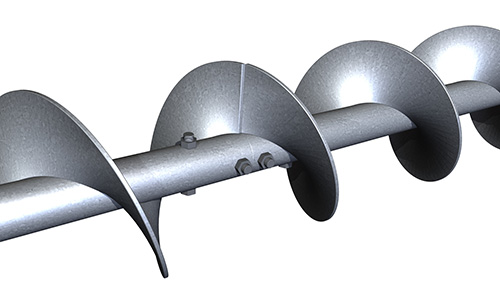
Sectional Flights are Located on the End of Each Pipe Section and Aligned to Form a Continuous Helix
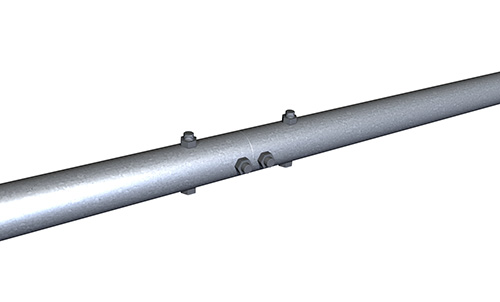
Pipe Sections are Bolted Together Using Standard CEMA Close Coupling Shaft
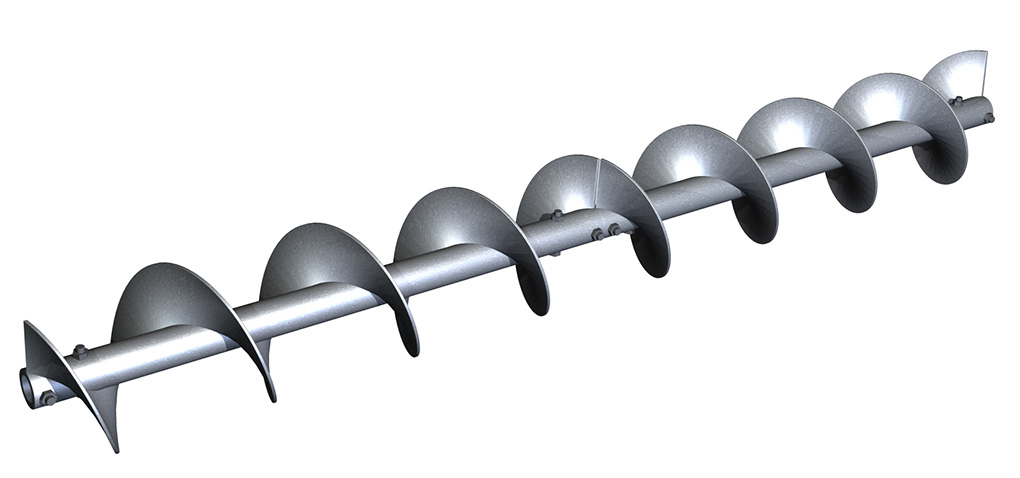
The Flighting Forms a Continuous Helix When Screw Sections are Bolted Together


